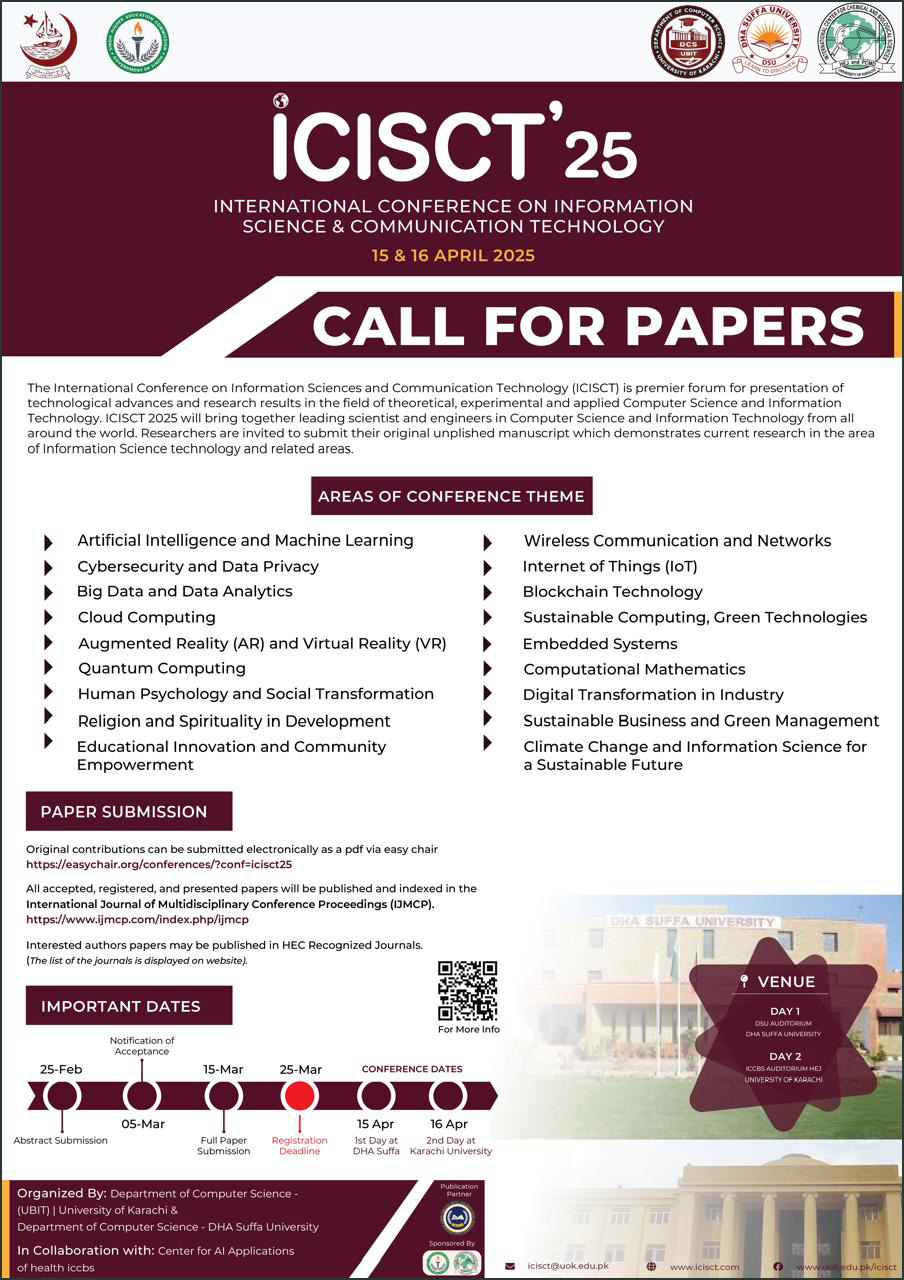Impact of Working Capital Management, Financial Leverage and Inventory turnover on the Financial Performance: A case of Power Sector in Pakistan
Keywords:
Return on Assets (ROA), Working capital, Financial Leverage, and Minimum Capital Requirement, Power SectorAbstract
This study analyses the effect of working capital, financial leverage, and inventory turnover on the net profit margins of Pakistani firms, thereby, enhancing the knowledge of the financial management practices in the national business environment. Applying a multiple linear regression analysis and data from a set of representative Pakistani power sector the study concludes that working capital management positively impacts net profit margins, thus underlining the importance of effective working capital in promoting profitability. On the other hand, financial leverage shows a negative relationship with net annual profits, which is consistent with the trade-off theory of capital structure, making strategic capital decisions necessary for balancing borrowing costs and profitability. Furthermore, a negative association between inventory turnover and net profit margins is uncovered, highlighting the importance of effective inventory management practices, such as JIT systems, in reducing costs and enhancing financial performance. Through context-specific analysis, this study helps in adding to the general financial management literature and in understanding what determines profitability within the Pakistani power sector firms.







